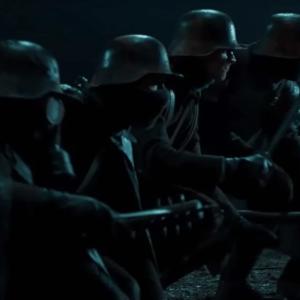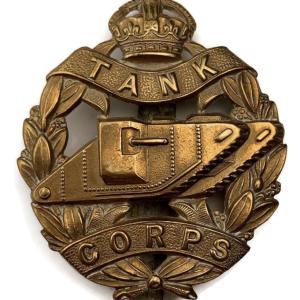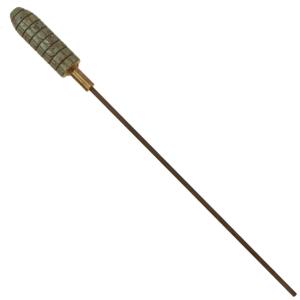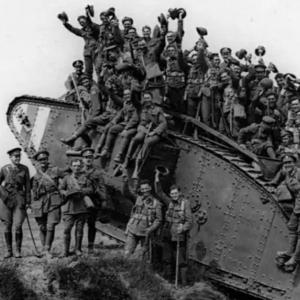
On this day in military history…
On 20 November 1917 the British attack at Cambrai became the first truly mass use of mechanised tanks as the main striking arm of a major offensive. At dawn, 476 tanks of the Tank Corps were committed, of which roughly 350 were fighting tanks, mainly the Mark IV in both Male (six pounder guns) and Female (machine gun) variants, supported by supply tanks and cable-laying tanks. In a war that had been dominated by attrition and tiny gains, there had been horror in some quarters of GHQ that the whole thing would turn into another mud-locked nightmare like the Ypres salient where tanks had drowned in shell-lakes and clay swamps only weeks before. The ground around Cambrai however was mostly chalk turf, drier, with better going for mechanical weight. Julian Byng’s Third Army, with prep and planning by his corps commanders, most notably Henry Hugh Tudor on artillery and intelligence, built a deliberately unromantic, mathematics-heavy plan. There would be no extended preliminary bombardment to warn the Germans. Instead there would be silent registration by survey techniques and sound ranging. The artillery would fire a predicted fire barrage from the first second, smashing wire belts and smashing German forward positions at the same moment that the tank lines began to move.
Supporting aircraft from the Royal Flying Corps would bomb, strafe, and then drop ground signalling flares for tank-infantry direction. It was probably the first British offensive in which every major combat arm – tanks, artillery, infantry, aircraft – was consciously integrated into one single battle plan, not as bolt-ons. Even Haig’s critics later admitted it was the most scientific offensive the British Army had yet attempted.
The shock effect on the first day was astonishing. The Hindenburg Line was ruptured on a front that had been thought in many places to be impregnable. In the first hours alone some British battalions marched forward in parade formation behind the armour because the wire, which had stopped divisions cold all year, was shredded or crushed flat. The British gained more ground on that first day than they had managed in total since the first day of Passchendaele in July. They captured over 7,000 prisoners. German units defending the sector included elements of the elite Stosstruppen formations and the German Second Army commanded by General Georg von der Marwitz, a man who had already warned OHL that fixed defensive belts without elastic depth could be broken by new machines. He was proven right.
The battle however did not stay one way. The British had an astonishing tactical success, but the depth of reserves to exploit it did not exist. Many tanks broke down. Many that survived the first day’s miracles were destroyed in the subsequent days by direct fire, artillery zones, and by simple mechanical death. German counterattacks, reorganised with speed that still impresses historians, fell upon the salient. Elite German formations such as the 214th Division and the 107th Division and others struck the British flanks and smashed through the overstretched infantry. The German storm attack on 30 November was itself one of the first great textbook German counter-offensives using infiltration doctrine at army level.
Casualties are notoriously tricky to pin down precisely. British casualties across the battle’s entire span (20 November to early December) were roughly 44,000. German losses were broadly similar, in the region of 40,000 to 45,000 depending on the counting method.
When the battle closed the ground won had largely been lost again. The map looked like a draw. But it was not a draw in military history terms. It proved that massed tanks, combined arms, silent artillery registration, air support, and a planned tempo could break a fortified front in hours. It was a prophecy of 1918 and of 1939. Even the German commander von der Marwitz admitted that had the British had the fresh infantry reserves and spare tank waves to exploit the breach, the front might have truly collapsed. Cambrai did not deliver strategic victory, but it delivered proof. The future battlefield had just been demonstrated in real time, with steel caterpillars as the leading arm.










